Audio-Technica ATW-R2100b Handleiding
Audio-Technica
Receiver
ATW-R2100b
Bekijk gratis de handleiding van Audio-Technica ATW-R2100b (12 pagina’s), behorend tot de categorie Receiver. Deze gids werd als nuttig beoordeeld door 65 mensen en kreeg gemiddeld 4.3 sterren uit 33 reviews. Heb je een vraag over Audio-Technica ATW-R2100b of wil je andere gebruikers van dit product iets vragen? Stel een vraag
Pagina 1/12

2000 Series Professional
UHF Wireless Systems
ATW-2110 UniPak™Transmitter System
ATW-2120 Handheld Dynamic Microphone System
Installation and Operation

Professional UHF Wireless Systems
Installation and Operation
2
CAUTION! Electrical shock can result from removal of the
receiver cover. Refer servicing to qualified service personnel.
No user-serviceable parts inside. Do not expose to rain or
moisture.
The circuits inside the receiver and transmitter have been
precisely adjusted for optimum performance and compli-
ance with federal regulations. Do not attempt to open the
receiver or transmitter. To do so will void the warranty,
and may cause improper operation.
This device complies with part 15 of the FCC Rules.
Operation is subject to the condition that this device does
not cause harmful interference.
This device complies with INDUSTRY CANADA R.S.S. 210,
en conformité avec IC: RSS-210/CNR210. Operation
is subject to the following conditions: 1) This device may
not cause harmful interference and 2) this device must
accept any interference received, including interference
which may cause undesired operation.
The ATW-R2100 receiver features true diversity reception. Two
antennas feed two completely independent RF sections on
the same frequency; automatic logic circuitry continuously
compares and selects the superior received signal, providing
better sound quality and reducing the possibility of interference
and dropouts. Soft-touch controls provide convenient access
to selection of operating frequency and automatic scanning,
while an LCD information display provides constant monitoring
of system operation. The receiver is half-width for a standard
1U 19" rack mount; rack-mount adapters are included. Two
receivers can be mounted side by side, using an optional
AT8630 joining-plate kit.
The versatile ATW-T210 UniPak™ body-pack transmitter has
both low- and high-impedance inputs plus a bias connection,
for use with dynamic and electret condenser microphones,
as well as Hi-Z instrument pickups.
The ATW-T220 handheld dynamic microphone/transmitter
features the same element used in the PRO 41 dynamic
handheld microphone created for professional live-sound
venues.
Transmitters in the 2000 Series use two 1.5V AA batteries for
economical operation and wide availability. Both transmitters
have battery condition indicators.
2000 Series receivers feature a sophisticated Tone Lock™
tone squelch system that opens the receiver’s audio output
only when a 2000 Series transmitter is detected, reducing the
possibility of interference. As a result, 2000 Series transmitters
and receivers must be used together and should not be used
with components from other Audio-Technica wireless systems,
or with those of other manufacturers.
Please note that in multiple-system applications there must be
a transmitter-receiver combination set to a separate channel
(frequency) for each input desired (only one transmitter for
each receiver).
Because the wireless frequencies are within UHF TV frequency
bands, only certain channels (operating frequencies) may be
useable in a particular geographic area. The 10 channels
(operating frequencies) that are used in the 2000 Series have
been selected for multi-channel compatibility. Subject to
frequency availability in a particular geographic area, any of
these 10 channels may be used together.
The operating frequencies that correspond to each of the 10
channels are listed on page 11.
Introduction
Notice to individuals with implanted cardiac pacemakers
or AICD devices:
Any source of RF (radio frequency) energy interfere withmay
normal functioning of the implanted device. All wireless
microphones have low-power transmitters (less than 0.05
watts output) which are unlikely to cause difficulty, especial-
ly if they are at least a few inches away. However, since a
“body-pack” mic transmitter typically is placed against the
body, we suggest attaching it at the belt, rather than in a shirt
pocket where it may be immediately adjacent to the medical
device. Note also that any medical-device disruption will
cease when the RF transmitting source is turned off. Please
contact your physician or medical-device provider if you have
any questions, or experience any problems with the use of
this or any other RF equipment.
Thank you for choosing an Audio-Technica professional wireless
system. You have joined thousands of other satisfied customers
who have chosen our products because of their quality,
performance and reliability. This Audio-Technica wireless
microphone system is the successful result of years of design
and manufacturing experience.
Each 2000 Series wireless system provides a choice of 10 PLL-
synthesized UHF frequencies in the 656-678 MHz band (TV
channels 45-48). Each wireless system includes a receiver
and either a body-pack or handheld transmitter. Individual
components are also available separately.

Receiver Installation
3
Location
For best operation the receiver should be at least 3 ft. (1 m)
above the ground and at least 3 ft. away from a wall or metal
surface to minimize reflections. The transmitter should be at
least 3 ft. from the receiver, as shown in Figure A. Keep
antennas away from noise sources such as digital equipment,
motors, automobiles and neon lights, as well as away from
large metal objects.
Output Connections
There are two audio outputs on the back panel: balanced
(12.5 mV) and unbalanced (25 mV). Use shielded audio cable
for the connection between the receiver and the mixer. If the
input of the mixer is a 1/4" jack, connect a cable from the 1/4"
unbalanced audio output on the back of the receiver housing
to the mixer. If the input of the mixer is an XLR-type input,
connect a cable from the balanced XLR-type audio output on
the back panel to the mixer. The two isolated audio outputs
permit simultaneous feeds to both unbalanced and balanced
inputs. For example, both a guitar amp and a mixer can be
driven by the receiver.
Antennas
Attach the included pair of UHF antennas to the antenna input
jacks. The antennas are normally positioned in the shape of a
“V” (both 45° from vertical) for best reception.
Accessory antennas can be remotely located from the receiver.
However, due to signal loss in cables at UHF frequencies, use
the lowest-loss RF cables practical for any cable runs over 25
feet. RG8-type is a good choice. Use only copper-shielded
cable, not CATV-type foil-shielded wire. Audio-Technica offers
quality RF cables in four lengths, as well as remote antennas;
see the Optional System Accessories section on page 10.
Power Connections
Connect the included AC adapter to the DC power input on the
back of the receiver. Loop the small cord from the DC plug over
the cord hook above the jack, to keep the plug from being
detached by an accidental tug on the cord. Then plug the
adapter into a standard 120 Volt 60 Hz AC power outlet.
Operation of the receiver is controlled by the front-panel Power
switch.
(Note: Units supplied to countries with 230V mains should
include an in-line AC adapter appropriate for that country.
Use the included adapter only with 120V 60 Hz AC
power sources.)
Figure A
Product specificaties
| Merk: | Audio-Technica |
| Categorie: | Receiver |
| Model: | ATW-R2100b |
Heb je hulp nodig?
Als je hulp nodig hebt met Audio-Technica ATW-R2100b stel dan hieronder een vraag en andere gebruikers zullen je antwoorden
Handleiding Receiver Audio-Technica

6 December 2024

6 December 2024

6 December 2024

12 Mei 2023

30 April 2023

2 Maart 2023

28 Februari 2023

13 November 2022
Handleiding Receiver
- Marshall Electronics
- VMV
- Blaupunkt
- MEE Audio
- Jung
- Krell
- Rolls
- Denson
- Devolo
- Velleman
- Audac
- Summit Audio
- LTC
- Sony
- Alpine
Nieuwste handleidingen voor Receiver
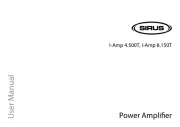
10 September 2025
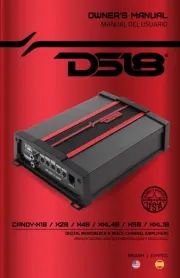
8 September 2025
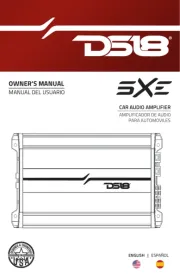
8 September 2025
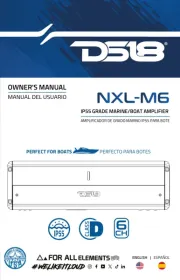
8 September 2025
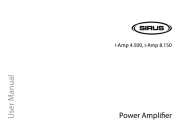
8 September 2025
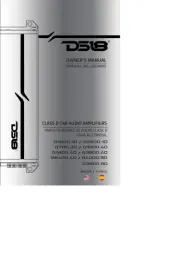
8 September 2025
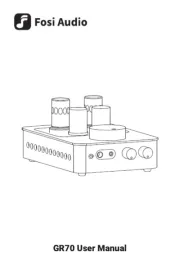
2 September 2025
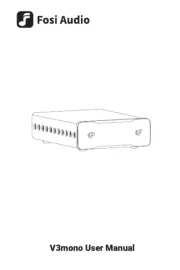
2 September 2025
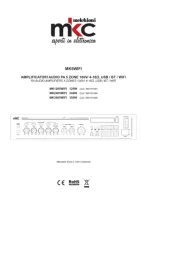
1 September 2025
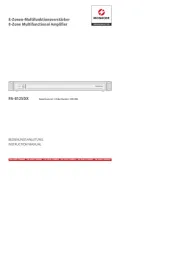
1 September 2025